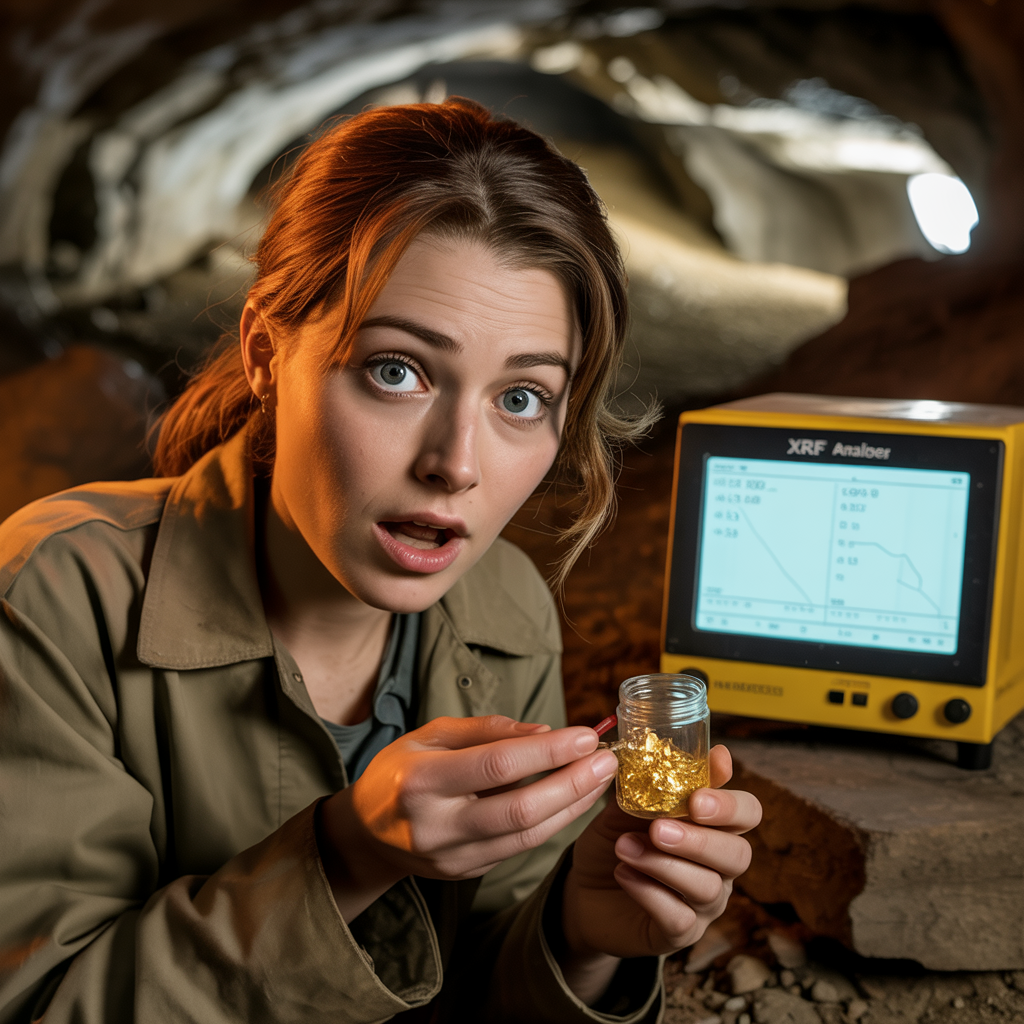
You rely on tools like X-Ray Fluorescence Spectrometers to uncover the hidden secrets of materials. These instruments analyze the elemental composition of a sample by detecting fluorescent X-rays. Their appeal lies in their precision and non-destructive nature, making them invaluable across industries.
Consider this: the global market for XRF instruments was valued at $1.2 billion in 2023. It is expected to grow at a steady annual rate of 5.8%, reaching $2.0 billion by 2032. This demand reflects their efficiency and versatility. In one study, researchers successfully used handheld XRF spectrometers to analyze cigarette ash. This method preserved the sample while distinguishing between tobacco brands based on elemental differences.
With such capabilities, XRF spectrometers continue to redefine material analysis.
Key Takeaways
X-Ray Fluorescence Spectrometers check materials without harming them. They are important for industries like mining and environmental studies.
There are two main types of XRF spectrometers. EDXRF is fast and portable, while WDXRF gives detailed and precise results.
Calibrating your spectrometer often keeps it accurate and lasts longer. This helps you get better analysis results.
Safety matters when using XRF spectrometers. Always follow rules to avoid radiation and meet safety standards.
Using XRF tools can make manufacturing faster and better. It saves money and improves product quality.
How X-Ray Fluorescence Works
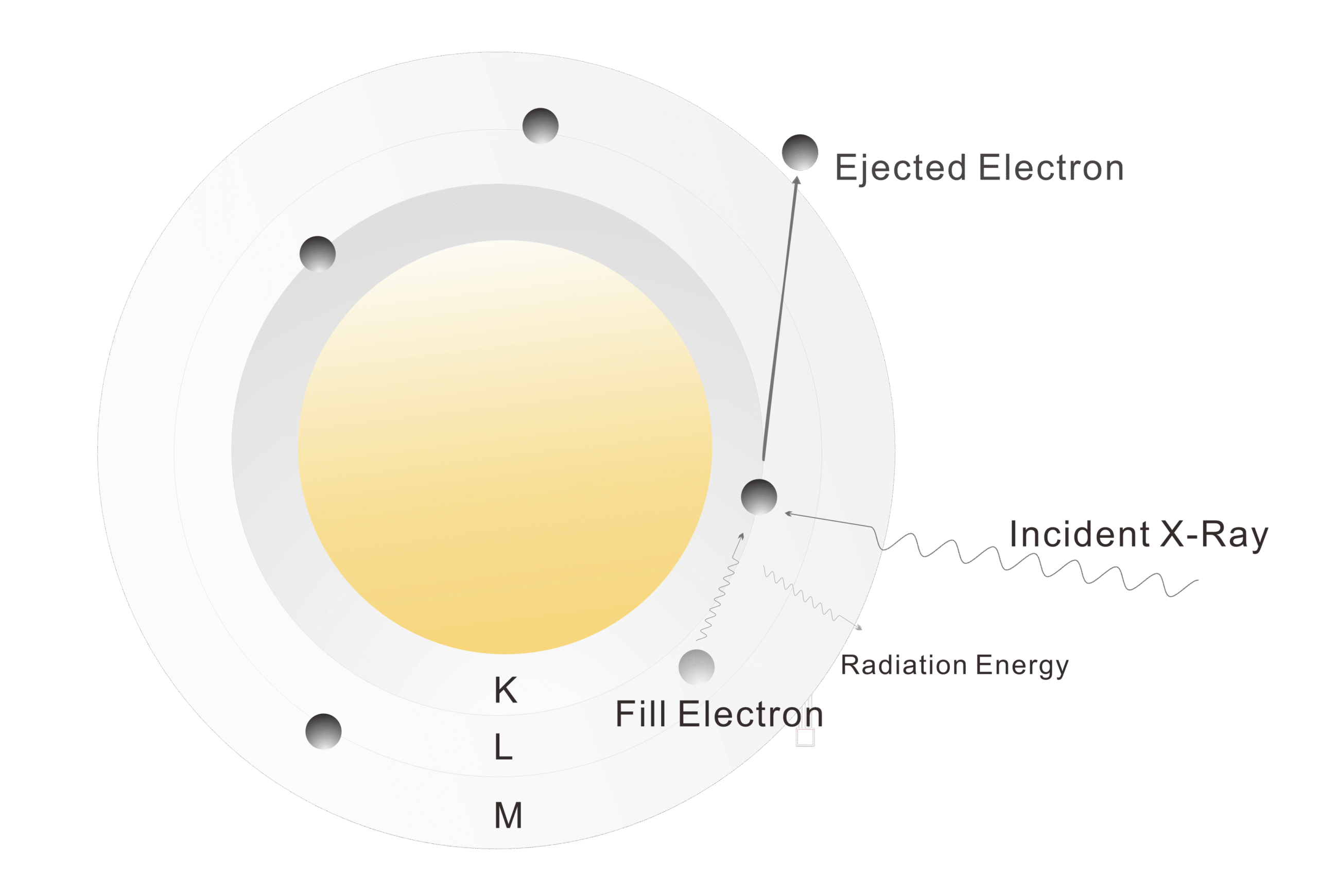
Interaction of X-rays with Materials
When you expose a material to X-rays, the high-energy radiation interacts with the atoms in the sample. These X-rays penetrate the material and collide with its inner electrons. This interaction depends on the atomic structure of the material, which determines how the X-rays are absorbed or scattered. Denser materials, like metals, absorb more X-rays, while lighter materials allow more radiation to pass through.
Recent advancements in X-Ray Fluorescence techniques have improved the efficiency of these interactions. For example, researchers have developed multi-beam X-ray sources that allow faster scanning compared to traditional methods. The table below highlights some of these innovations:
Evidence Description | Details |
|---|---|
XFCT Applications | Promising for imaging low concentration elements, such as in vivo imaging of nanoparticle probes. |
Synchrotron Beams | Enhance signal detection with monochromatic and linearly polarized X-ray beams. |
System Improvements | Focus on conventional X-ray tubes to improve contrast and sensitivity. |
Multi-Beam Source | Enables faster scanning compared to traditional single-beam methods. |
These advancements make X-Ray Fluorescence Spectrometers more effective for analyzing a wide range of materials.
Electron Displacement and Energy Absorption
When X-rays hit an atom, they transfer energy to its electrons. This energy displaces electrons from their inner shells, creating a vacancy. The atom becomes unstable and absorbs energy to restore balance. The amount of energy absorbed depends on the type of atom and the energy of the incoming X-rays.
Scientists use techniques like X-ray Transient Absorption Spectroscopy (XTAS) to measure these effects. Here’s how XTAS helps quantify energy absorption and electron displacement:
It measures changes in core-level excitation energies caused by vibrational dynamics, with shifts as small as 0.01 电动汽车.
It connects these changes to molecular distortions using a Born-Oppenheimer model, which explains how core-excitation energies vary with atomic movements.
By understanding these processes, you can determine the elemental composition of a material with high precision.
Emission and Detection of Fluorescent X-rays
After absorbing energy, the atom releases it by emitting fluorescent X-rays. These X-rays have unique energy levels that correspond to the specific elements in the material. For example, iron emits X-rays with a different energy than copper. This makes it possible to identify and quantify the elements present in the sample.
X-Ray Fluorescence Spectrometers detect these fluorescent X-rays using advanced sensors. The sensors measure the energy and intensity of the emitted radiation, which helps you determine the concentration of each element. This process is non-destructive, meaning you can analyze the material without altering or damaging it.
The ability to detect and measure fluorescent X-rays with such accuracy is what makes X-Ray Fluorescence Spectrometers indispensable in fields like mining, manufacturing, and environmental monitoring.
Types of X-Ray Fluorescence Spectrometers
When choosing an X-Ray Fluorescence Spectrometer, you’ll encounter two main types: 能量色散 XRF (EDXRF) and Wavelength Dispersive XRF (WDXRF). Each has unique features that make it suitable for specific applications. Understanding their differences will help you select the right tool for your needs.
能量色散 XRF (EDXRF)
Energy Dispersive XRF spectrometers are compact and versatile. They work by measuring the energy of fluorescent X-rays emitted from a sample. These instruments use a semiconductor detector to capture and analyze the energy levels of the X-rays. This makes them ideal for quick and straightforward elemental analysis.
You’ll find EDXRF systems particularly useful in applications where portability and speed are essential. For example, handheld EDXRF devices are widely used in fieldwork, such as mining exploration or environmental monitoring. These tools allow you to analyze samples on-site without the need for extensive preparation.
One of the key advantages of EDXRF is its ability to handle a wide range of materials, from metals to plastics. 然而, it may struggle with light elements like boron or lithium due to its lower spectral resolution compared to WDXRF systems.
波长色散 XRF (WDXRF)
Wavelength Dispersive XRF spectrometers offer higher precision and better spectral resolution. Instead of measuring energy, these systems separate fluorescent X-rays by their wavelength using a crystal-based diffraction system. This method provides more detailed and accurate results, especially for complex samples.
Here’s a breakdown of the advantages of WDXRF systems:
Advantage | Description |
|---|---|
Better Spectral Resolution | WDXRF offers up to 10 times better spectral resolution for certain elements compared to EDXRF. |
Superior Performance for Light Elements | Particularly effective for analyzing light elements such as boron to chlorine. |
Avoids Detector Saturation | Capable of determining major concentrations without risking saturation of the detectors. |
Faster Analysis Times | Provides accuracy and precision comparable to traditional methods but with quicker results. |
成本效益 | Reduces overall costs by eliminating complex wet chemistry procedures. |
Standard-less Analysis Capability | Can analyze materials without matching standards, aided by advanced software for calibration. |
If you need to analyze light elements or require high accuracy for major concentrations, WDXRF is the better choice. Its ability to avoid detector saturation and perform standard-less analysis makes it a powerful tool for laboratories and industrial settings.
Differences Between EDXRF and WDXRF
While both types of spectrometers serve the same purpose, their working principles and capabilities differ significantly. EDXRF systems are more portable and cost-effective, making them suitable for fieldwork and routine analysis. On the other hand, WDXRF systems excel in precision and spectral resolution, making them ideal for detailed laboratory studies.
Here’s a quick comparison to help you decide:
可移植性: EDXRF systems are lightweight and easy to transport, while WDXRF systems are typically larger and stationary.
Spectral Resolution: WDXRF provides superior resolution, especially for light elements, whereas EDXRF has limitations in this area.
速度: EDXRF offers faster results for general analysis, but WDXRF delivers more accurate data for complex samples.
成本: EDXRF systems are generally more affordable, while WDXRF systems require a higher initial investment.
By understanding these differences, you can choose the X-Ray Fluorescence Spectrometer that best fits your application, whether it’s for quick field analysis or detailed laboratory work.
Applications of X-Ray Fluorescence Spectrometers

Mining and Geological Analysis
In mining, you need precise tools to identify and quantify elements in ores and minerals. An X-Ray Fluorescence Spectrometer provides real-time analysis of materials like alloys and base metals. This helps you determine the quality and value of the extracted resources. For example, you can quickly assess the concentration of valuable metals such as gold or copper without destroying the sample.
The investment in these devices often pays off due to their high-value returns. According to industry reports, XRF systems used in metals and mining typically range from $30,000 自 $70,000. Their ability to deliver accurate results justifies the cost, especially in large-scale operations.
Recycling and Waste Management
Recycling facilities rely on XRF technology to sort and analyze materials efficiently. You can use these spectrometers to identify metals, plastics, and other recyclable materials based on their elemental composition. This ensures that the recycling process is both accurate and cost-effective.
For instance, when dealing with electronic waste, an XRF device can detect hazardous elements like lead or mercury. This helps you separate harmful components from recyclable ones, ensuring compliance with environmental regulations. The growing demand for sustainable waste management solutions has made XRF spectrometers indispensable in this sector.
环境监测
Environmental monitoring requires tools that can detect trace amounts of hazardous substances in soil, 水, 和空气. An X-Ray Fluorescence Spectrometer excels in this role. You can use it to test for harmful metals like arsenic or cadmium in contaminated areas.
Regulatory bodies enforce strict guidelines for soil and water quality testing, increasing the demand for XRF devices. These instruments are particularly useful for detecting pollutants in industrial zones or agricultural lands. The price range for XRF systems in the environmental sector typically falls between $25,000 和 $50,000, making them a worthwhile investment for ensuring compliance and protecting ecosystems.
🌍 Heightened global environmental concerns are driving the adoption of XRF technology. Its ability to provide accurate and non-destructive analysis makes it a critical tool for addressing these challenges.
Sector | Price Range | Application Description |
|---|---|---|
Metals and Mining | $30,000 – $70,000 | Used for real-time analysis of alloys and base metals, justifying investment through high-value returns. |
Environmental Sector | $25,000 – $50,000 | Employed for soil and water testing to detect hazardous metals, driven by regulatory compliance needs. |
General Demand | N/A | Growth driven by mining, environmental analysis, and compliance testing across various industries. |
Quality Control in Manufacturing
In manufacturing, maintaining consistent product quality is essential. You need tools that can quickly and accurately verify the composition of raw materials and finished products. An X-Ray Fluorescence Spectrometer is one of the most reliable instruments for this purpose. It helps you ensure that every product meets the required specifications without damaging the sample.
You can use this technology to analyze metals, plastics, 陶瓷, and even coatings. For example, in the automotive industry, it verifies the thickness of paint layers or the composition of alloys used in engine parts. In pharmaceuticals, it ensures that tablets contain the correct amount of active ingredients. This level of precision reduces waste and prevents costly recalls.
Here are some key benefits of using XRF for quality control:
无损检测: Analyze samples without altering or damaging them.
速度和效率: Obtain results in seconds, allowing you to test multiple samples quickly.
Versatility: Suitable for a wide range of materials, from metals to polymers.
法规遵从性: Ensure products meet industry standards and legal requirements.
💡 Tip: Regular calibration of your spectrometer ensures accurate results and extends the instrument’s lifespan.
Many manufacturers integrate XRF devices directly into production lines. This allows you to monitor quality in real time, catching defects before they become larger issues. By investing in this technology, you can improve efficiency, reduce costs, and maintain customer trust.
Safety Considerations for X-Ray Fluorescence Spectrometers
Radiation Exposure and Risks
When using an X-Ray Fluorescence Spectrometer, you must understand the risks associated with radiation exposure. These devices emit X-rays, which can harm living tissues if not handled properly. Direct exposure to the primary beam can cause burns or long-term health issues. Although modern spectrometers are designed with safety features, improper use can still pose risks. For example, holding a sample during analysis or ignoring warning lights can increase your exposure to radiation. Always treat these instruments with care and respect to minimize risks.
Best Practices for Safe Operation
Following best practices ensures your safety and the safety of others. Start by completing radiation safety training. This training helps you understand how to operate the device responsibly. Always check the primary beam indicator lights before use. Never aim the device at yourself or others, and avoid holding samples during analysis. Securely store the spectrometer when not in use, following local storage regulations. If an emergency occurs, immediately contact your Radiation Safety Officer (RSO) and the device manufacturer. These steps protect you and maintain a safe working environment.
Regulatory Compliance and Training
Regulations for operating X-Ray Fluorescence Spectrometers vary by region, but they all emphasize safety. You must comply with local laws regarding radiation use and storage. Regular training ensures you stay updated on these regulations. Many organizations require operators to renew their certifications periodically. This training not only keeps you compliant but also enhances your understanding of the device. By staying informed, you can use the spectrometer effectively while protecting yourself and others.
💡 Tip: Always consult your RSO for guidance on safety protocols and regulatory updates.
X-Ray Fluorescence Spectrometers are essential tools for analyzing materials. Their ability to emit and detect fluorescent X-rays allows you to study elements with precision and without damaging samples. These instruments excel in sustainability and efficiency, as shown below:
Feature | Description |
|---|---|
MA-XRF allows for the elemental mapping of large surfaces without damaging the artwork or evidence. | |
Efficiency | The technology enables quick detection and classification of forensic traces in a single scan. |
Repeatability and reproducibility | The method has shown consistent results across different applications, enhancing its reliability. |
Depth profiling capability | X-rays can penetrate surfaces, allowing for the study of hidden layers in artworks. |
By following safety protocols, you can harness their full potential to advance scientific and industrial applications.
FAQ
What is the main advantage of using X-Ray Fluorescence Spectrometers?
XRF spectrometers provide non-destructive analysis of materials. You can identify and measure elements without damaging the sample. This makes them ideal for applications like quality control, environmental monitoring, and geological studies.
Can XRF spectrometers detect all elements?
XRF spectrometers can detect most elements from sodium (那) to uranium (U). 然而, they may struggle with very light elements like hydrogen, helium, or lithium due to their low atomic numbers and weak X-ray signals.
How accurate are XRF spectrometers?
XRF spectrometers offer high accuracy, often within 1-2% for most elements. Calibration and proper sample preparation improve precision. Advanced models, like WDXRF systems, provide even greater accuracy for complex materials.
Are XRF spectrometers safe to use?
Yes, XRF spectrometers are safe when used correctly. Modern devices include safety features to minimize radiation exposure. Always follow best practices, such as avoiding direct exposure to the X-ray beam and completing radiation safety training.
How do I choose between EDXRF and WDXRF?
Choose EDXRF for portability and quick analysis. Select WDXRF for higher precision and better performance with light elements. Consider your application needs, budget, and whether you require fieldwork or laboratory analysis.
💡 Tip: Consult with a specialist to match the spectrometer type to your specific requirements.
相关文章
- 精明投资, 更大的利润: XRF 光谱仪如何节省贵金属检测成本
在珠宝和贵金属行业, every gram of gold, 银, or platinum counts.…
- 精度科学: XRF 光谱仪如何掌握贵金属涂层厚度测量
在微米级重要的行业中 - 珠宝电镀, 奢华制表, or high-end electronics—the thickness of a precious…
- XRF 光谱仪如何确保精确的金属检测
XRF spectrometers provide precise, non-destructive metal testing, ensuring accuracy in industries like jewelry, 采矿, 和…
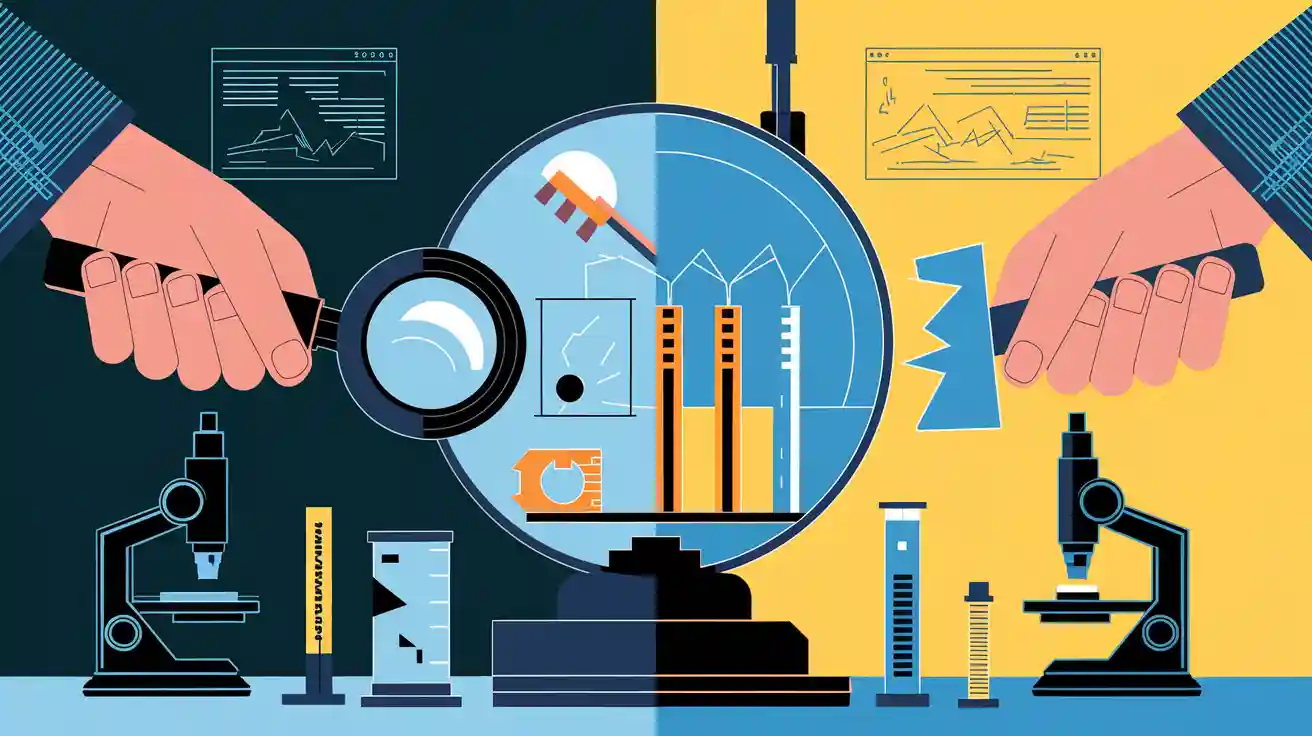
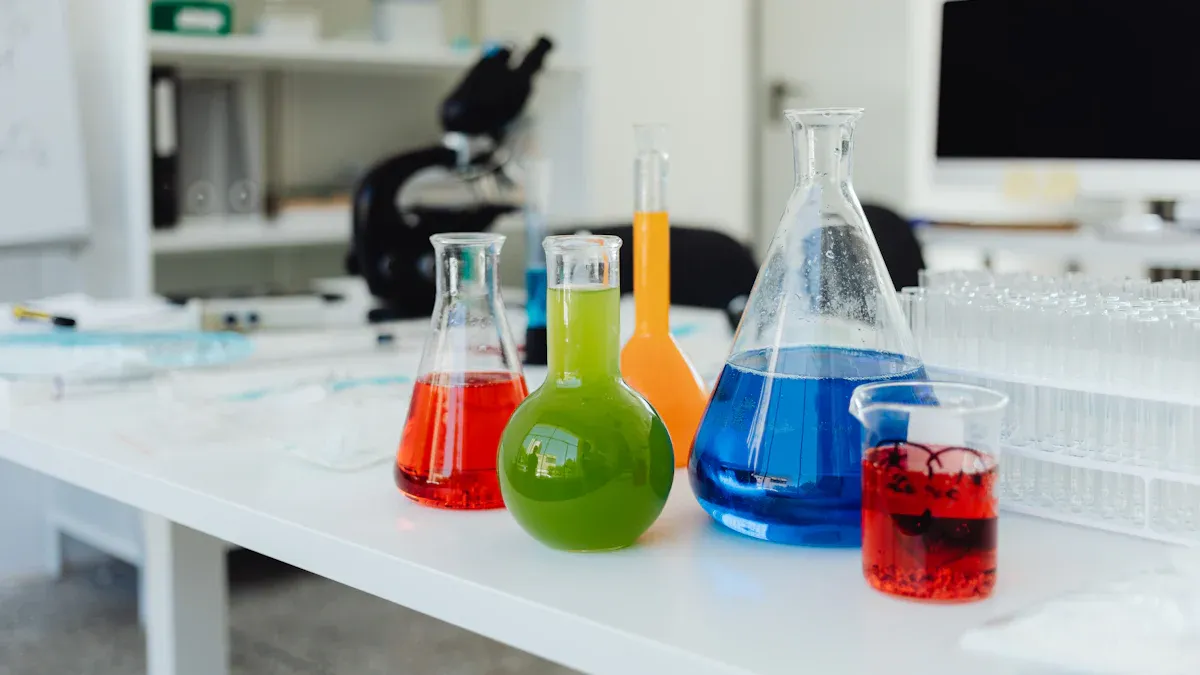

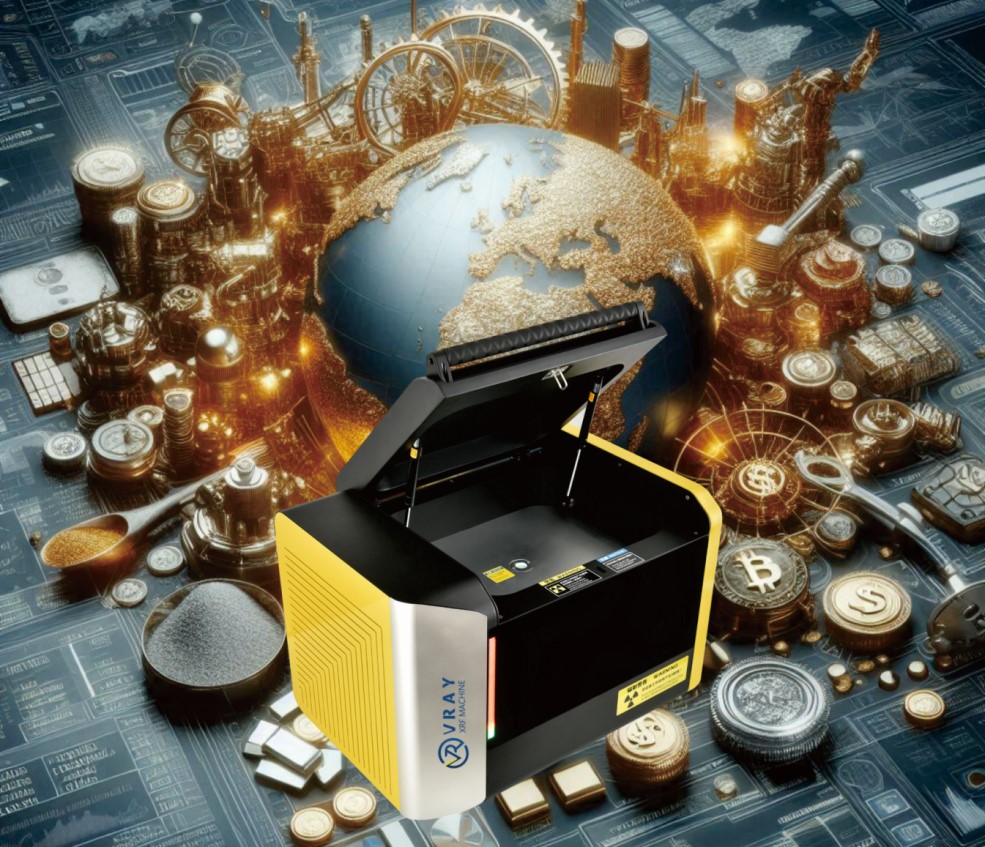


WhatsAPP
扫描WhatsApp二维码和我们联系吧。